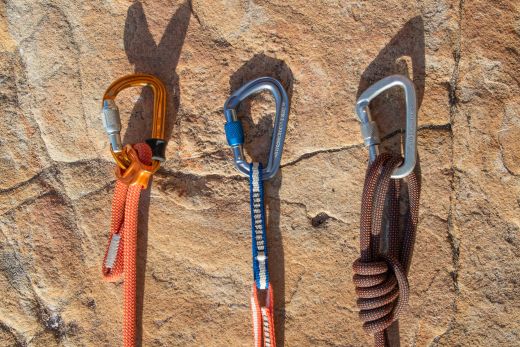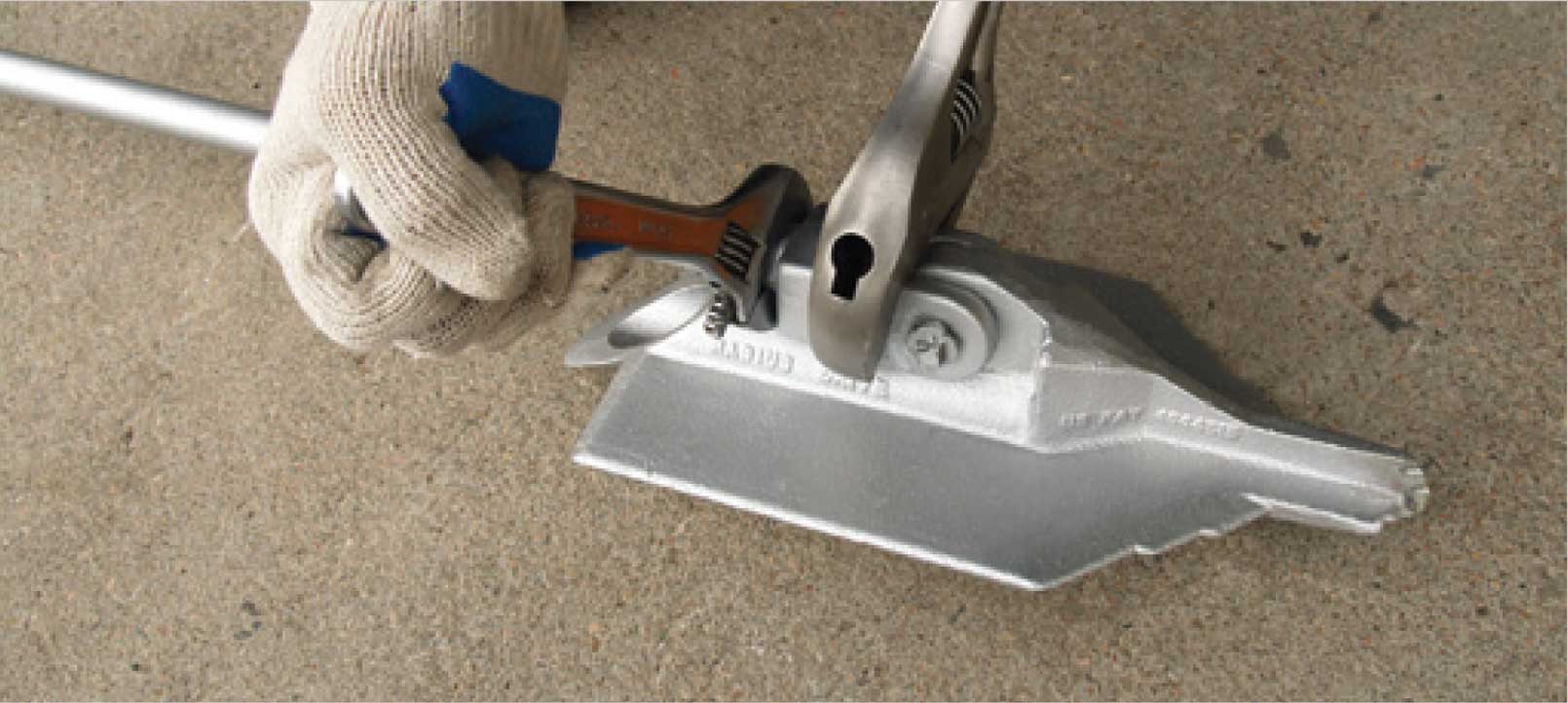High-Performance Anchor Equipments for Any Type Of Application
High-performance anchor systems are critical in ensuring safety and security and security across a wide variety of applications, from construction to aerospace. Recognizing the nuances of various support kinds and their particular installation strategies is crucial.
Kinds Of Anchor Systems
When considering the diverse applications of support systems, what are the key types that experts rely upon for high-performance results? Anchor systems can be extensively classified into a number of types, each developed to fulfill specific needs based on the nature of the load and environmental conditions.
The first classification is mechanical supports, which include expansion anchors, wedge supports, and screw supports. These are commonly employed in concrete and stonework applications, giving durable holding power via mechanical interlock or rubbing.
Another significant kind is adhesive supports, which make use of chemical bonding representatives to protect the anchor within the substratum. This kind is particularly helpful in applications where high tensile toughness and resistance to shear forces are needed.
Additionally, there are passive supports, such as deadman anchors, which count on the weight and resistance of surrounding materials to protect objects. They are commonly used in exterior applications or where dynamic tons are present.
Last but not least, there are customized anchor systems like ground supports, which are made use of in civil design and building tasks for supporting frameworks. Each sort of anchor system is designed with details performance metrics in mind, making certain optimum security and efficiency throughout different applications.
Trick Features and Advantages
High-performance anchor systems offer a variety of key features and benefits that boost their performance in various applications. Among the main features is their premium load capacity, which ensures stability and security under substantial anxiety problems. This is achieved via innovative materials and design designs, permitting reputable efficiency sought after atmospheres.
Furthermore, these systems typically incorporate cutting-edge innovation such as corrosion resistance and versatility to different substrates. This not only prolongs their life expectancy yet likewise minimizes upkeep expenses, making them an affordable remedy gradually. The versatility of high-performance support systems enables smooth combination into numerous frameworks, improving their use across many jobs.
One more noteworthy advantage is simplicity of installation. Numerous high-performance anchors are designed for uncomplicated and fast deployment, lowering labor time and enhancing overall task effectiveness. Their lightweight nature promotes transportation and handling, contributing to structured operations.
Applications in Different Industries

In the transportation sector, high-performance anchors are used to protect roadway and rail facilities, adding to read this post here the safety and security of automobiles and passengers. Their reliability is critical in stopping structural failures that could bring about disastrous crashes. Additionally, in the renewable energy industry, these anchors are vital for securing wind generators and solar panel installations, guaranteeing they endure ecological stress and anxieties while taking full advantage of effectiveness.

The aerospace market also makes use of advanced anchoring services to safeguard components during manufacturing and transport, where accuracy and dependability are imperative. In each of these applications, the selection of appropriate support systems can substantially impact general task success, highlighting the adaptability and necessity of high-performance anchors throughout different commercial landscapes.

Installation Methods and Tips
Proper installation of high-performance anchor systems is crucial to their effectiveness and durability. To guarantee optimal performance, it is crucial to adhere to well established setup methods customized to the certain kind of anchor system and application.
Begin by completely examining the setup website, including the substrate problems, tons requirements, and ecological elements. Accurate measurements and positioning are critical; use laser degrees or plumb lines to maintain precision. When boring, select the proper little bit size and type for the support system, ensuring precise and clean openings to avoid material damage.
Utilize the recommended torque settings during fastening to avoid under-tightening or over-tightening, which can compromise the anchor's stability. Furthermore, comply with the supplier's guidelines relating to spacing and edge distances to maximize load circulation and minimize potential failing factors.
Always use personal safety tools (PPE) during the setup process, and why not find out more consider utilizing specialized devices made for high-performance supports to enhance efficiency and safety. Carry out a detailed inspection post-installation to verify that all parts are safely attached and in placement, making sure the support system is prepared to execute under prepared for tons.

Upkeep and Security Considerations
To make sure the longevity and integrity of support systems, normal maintenance and safety and security considerations must be prioritized. Routine assessments are important to identify wear and tear, rust, or any type of structural deficiencies that could endanger the anchor's efficiency. An extensive upkeep schedule ought to consist of inspecting the honesty of anchor parts, such as plates, bolts, and welds, and ensuring that all links are safe and secure.
In addition, environmental elements can significantly affect support systems. For instance, direct exposure to rough climate condition or destructive substances can speed up deterioration. Applying protective layers or using corrosion-resistant products can enhance resilience and lengthen solution life.
Security considerations are vital; users should follow manufacturer standards pertaining to load limits and operational procedures. Educating employees on appropriate usage and potential hazards is essential in protecting against crashes. Executing a safety monitoring system that consists of routine drills and responses devices can grow a culture of security.
Conclusion
Finally, high-performance anchor systems represent a vital advancement throughout multiple markets, providing remarkable lots capacity, deterioration resistance, and versatility. Their simplicity of installation and lightweight design contribute to reliable task implementation, while adherence to safety and security standards guarantees integrity. Regular upkeep and detailed examinations additionally enhance their performance, developing these support systems as necessary elements in safeguarding frameworks and equipment. Emphasizing their diverse applications highlights the importance of these systems in modern-day design and building and construction techniques.
High-performance anchor systems are important in ensuring security and stability across a wide variety of applications, from building and construction to aerospace.High-performance anchor systems use an array of key functions and advantages that improve their efficiency in various applications. The convenience of high-performance anchor systems allows for smooth combination into various structures, boosting their functionality across many jobs.
In varied click to investigate markets, high-performance anchor systems play a crucial duty in ensuring architectural integrity and safety (Earth Anchor).In verdict, high-performance anchor systems stand for a crucial technology across multiple markets, offering extraordinary tons ability, rust resistance, and versatility